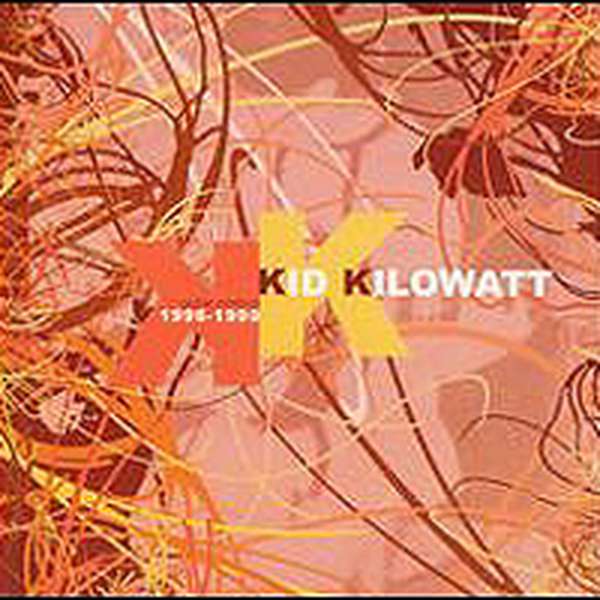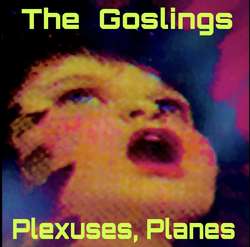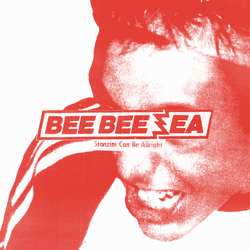There are side-projects and then there are supergroups. A side-project is something that a band member fiddles with when they are bored. But a supergroup is a project that no matter how hard it is kept under wraps won't be held back. Kid Kilowatt is a supergroup, a supergroup comprised of members of Cave In (Stephen Brodsky and Adam McGrath), Converge (Kurt Ballou), and Piebald (Aaron Stuart).
Guitar Method, the ultimate living witness of Kid Kilowatt has been a long time coming, a really long time coming. This once lost, but never forgotten album features songs that were written over a span of four years and recorded post-mortem. Kid Kilowatt originated as an outlet for its members to play a style outside their everyday norm. This isn't to say that the music is the furthest thing from their primary endeavors; there are elements of those projects present. One could narrowly define Kid Kilowatt as either indie-rock or post-hardcore, both are accurate descriptions. If that description is a little vague, think more recent Cave In, but without the spacey effects and meandering songwriting. Keeping in mind that most of these songs are at the least five years old clues you into the talent of their songwriting. Songs like "Red Carpet" and "7th Inning Song Formation" are catchy indie-rock tunes that put to shame the wannabe bands of today. "Rushing to Relax" is a sassy up-beat acoustic interlude that is accented by finger-snaps. Remember this is all done years before the gang-handclapping that you hear in today's "screamo" and metalcore acts. Songs like "Ted Nugent" and "Peeping Tomboy" follow stereotypical Brodsky fashion as his vocal harmonies rise and fall with the progression of the guitar chords. Just when you think it can't get any better, we are treated to three songs bonus songs. Normally extra-tracks are lacking, but surprisingly "Tug of War" is the strongest song on the album. Unfortunately, not all the songs are as precise. "Cadence for a Rainy Day" and "Memorial Drive" often diverge and lead the listener off-course. My only real qualm is a personal disappointment. I was hoping there were be expansive liner notes about the project, but instead I was only able to marvel at Aaron Turner's magnificent layout and research information online.
If you are looking for a fix to tide you over until the next Cave In release, Guitar Method is a good investment. If you were oblivious to the existence of Kid Kilowatt or you are looking for a band to replace that hole in your heart previously held by At the Drive-In, visit your local record store and pick up Guitar Method.



